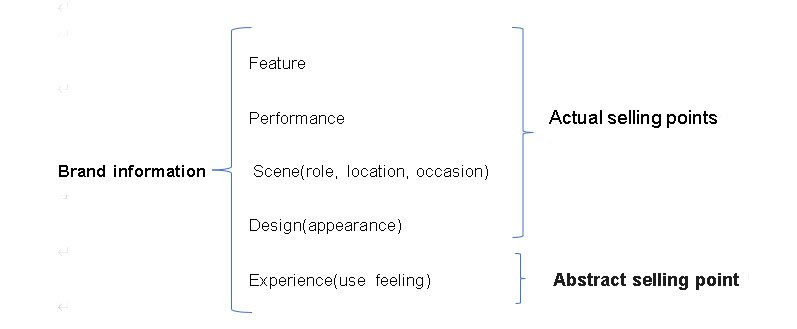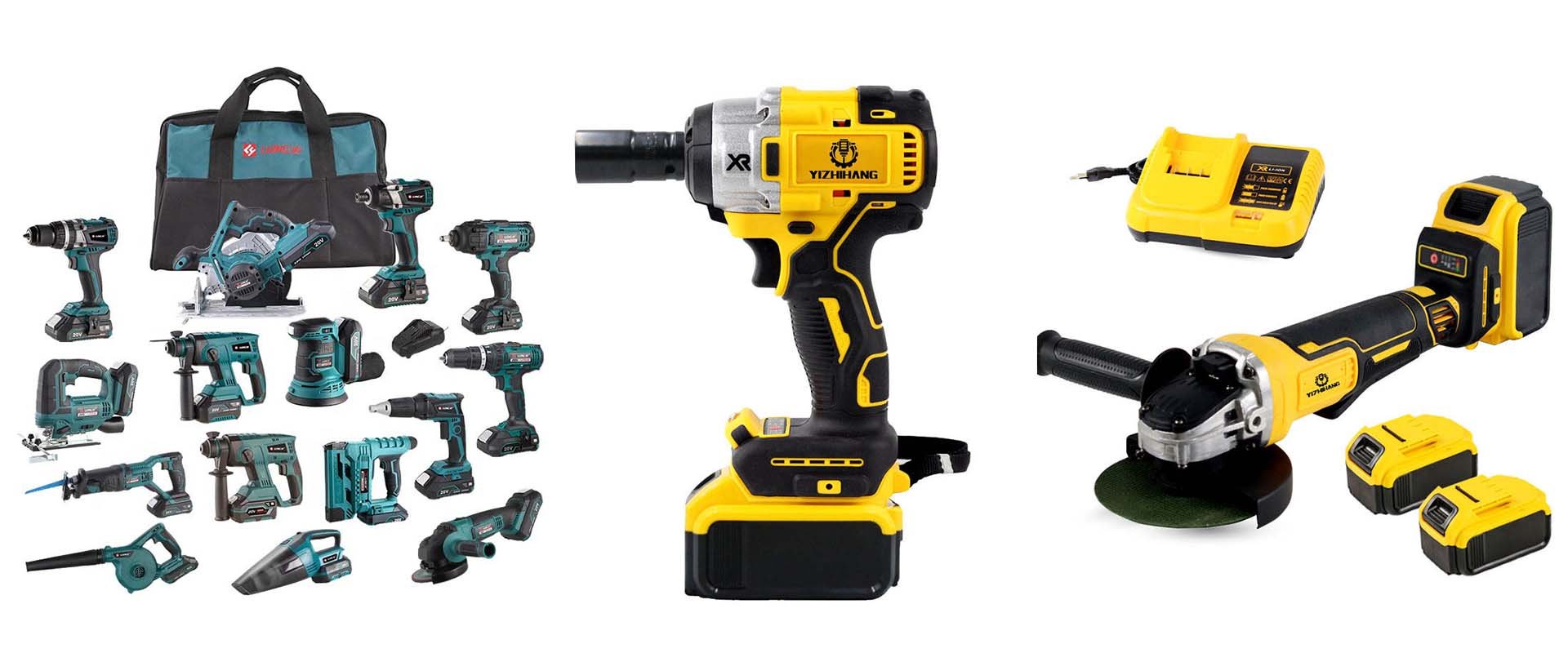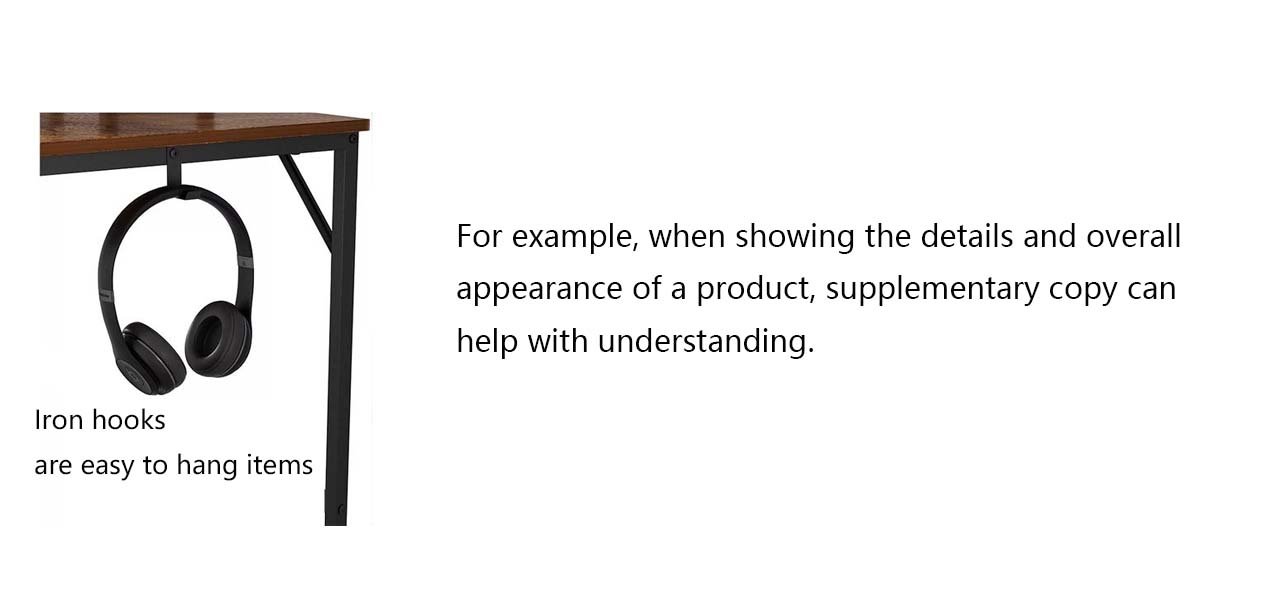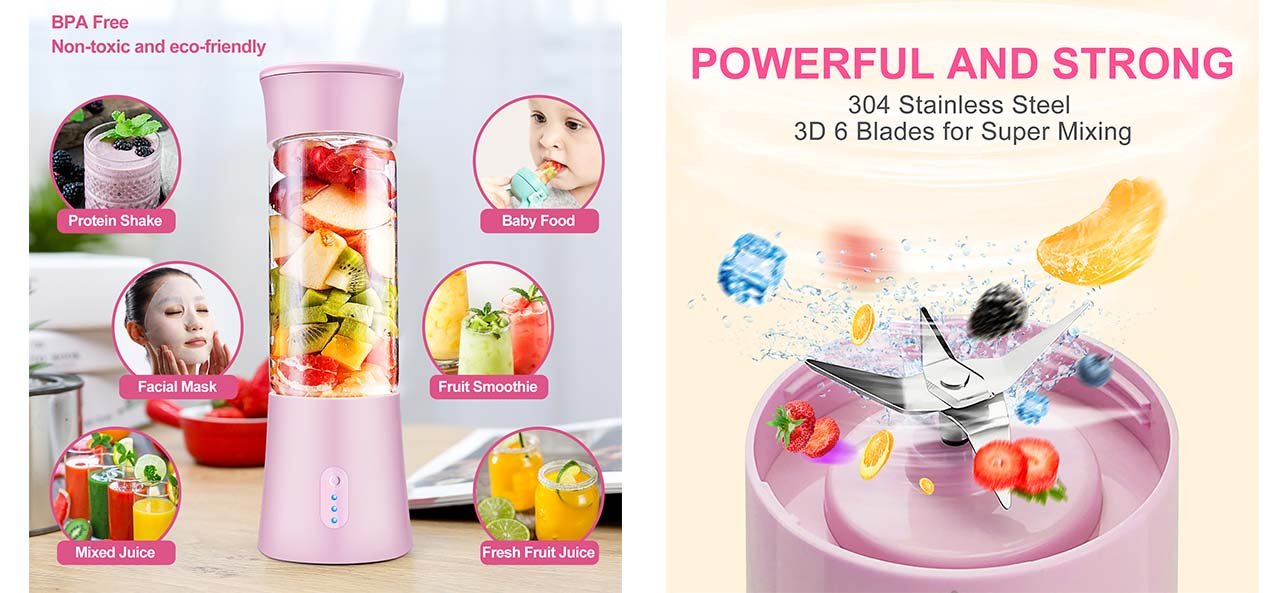How to Create Effective Amazon Product Images
As we all know, Amazon is an e-commerce website, and the primary purpose for consumers to visit major sites is shopping. Therefore, the image materials on Amazon need to provide clear and sufficient information, efficiently helping consumers understand the brand or product, ultimately facilitating quick decision-making.
So, what characteristics should good images have? Let's explore together!
I. Characteristics of Good Image Materials
A good image material should not only pursue attractiveness, aesthetics, impact, and emotional appeal but, more importantly, should reflect brand information and core selling points of the product, presenting the product intuitively.
You can self-check whether your product image materials effectively convey your brand information, clearly showcase product selling points, and match consumer needs.
II. Approaches to Image Material Production
How should we create excellent images? Let's break it down:
Determine how selling points are expressed in the image.
By using a case study, let's see how to highlight selling points that match consumer needs in image materials. Take a tool kit product as an example; considering consumer needs, we identified important selling points.
Now, let's break down these images. As shown in the figure, each image directly conveys important selling points.
In detailed images, sometimes text with dimensions and parameters is added. Are such images necessary? Absolutely. Look at the middle image in the figure; without dimensions, it becomes an ineffective representation because if its purpose is to showcase appearance, it has already been reflected in the main product image.
This example tells us that when creating image materials, we should not only focus on quantity but also clarify the purpose of each image. If unclear, adjust the content to aid understanding. Otherwise, remove the image.
In summary, when planning image production or receiving materials from service providers, it's crucial to ensure that all important selling points are reflected in single or multiple images. Additionally, the order and frequency of selling points should match their importance.
2.Determine brand information and outline important selling points.
Before creating images, we need to outline the key selling points of the main product as brand information. Then, think about how these selling points can be expressed through images. When producing or reviewing image materials, refer to the figure to judge whether the selling points in brand information are covered in one or more images.
3.Confirm if important selling points are effectively emphasized.
What are important selling points? These are points that align with consumer core needs. We can list selling points based on dimensions such as functionality, performance, etc. and, according to consumer needs, clearly emphasize important selling points in images.
Once important selling points are clarified, emphasize them repeatedly: prioritize them in image order, give them more space, and show them more frequently to leave a lasting impression on consumers, hitting their core pain points.
For example, if A is our most important selling point, point A should appear multiple times in various important display positions.
III. Methods of Image Material Production
Today, we will introduce three methods for producing image materials: Objective Presentation, Combined Objective and Subjective Presentation, and Subjective Rendering.
What are objective, subjective-objective, and subjective rendering?
Objective display: This type of display focuses on showcasing the objective features of a product. For example, a product image that shows the product from all angles, or an image that lists the product's specifications.
Subjective-objective: This type of display combines objective features with subjective elements, such as characters or scenes. For example, an image that shows a person using the product, or an image that shows the product in its intended environment.
Subjective rendering: This type of display is used to create a sense of emotion or atmosphere. It is often used to evoke feelings of desire or nostalgia. For example, an image that shows a person enjoying the benefits of a product, or an image that shows the product in a dreamlike setting.
1.Objective Presentation
Objective presentation focuses on showcasing the objective characteristics of the product. It can be divided into pure display and "display + text." Pure display images have no text and explain what the product is, what it looks like, its features, and performance, providing consumers with a comprehensive and detailed understanding.
Pure Display
For pure display images, showcase the overall appearance, detailed parts, highlight single or multiple selling points, or combine one product with multiple products in the image, expanding more image materials.
In what situations do we showcase multiple products in one image? For example, when expressing sets, accessories, or multiple choices or combinations. In other words, when multiple products must appear in one image, the relationship between them must be clear.
When creating detailed part images, clarify the purpose of each image. For example, the four images (1234) represent detailed parts of the product, each corresponding to a product selling point.
Display + Text
Objective presentation images sometimes need to add text to supplement information or emphasize product selling points. When pure display images cannot fully express product selling points, adding text helps comprehension.
For example, in the leftmost image below, without explanatory text, we wouldn't know that the core content the image wants to convey is the hook on the table corner. With text, we understand the function of this hook and can imagine more usage scenarios.
Most of the time, adding text to images serves to emphasize key points, making consumers notice them immediately. For example, the text in the images below highlights the core selling points of the product through color blocks, shapes, or larger font sizes. Without text, these selling points would be challenging to understand or notice.
Sometimes, products may have many fragmented selling points, and creating an individual image for each point may not be necessary. In such cases, consider placing all points in one image based on their relationships.
In the leftmost image below, platforms supported by the speaker are listed in text form. If there are installation steps or similar information, text can assist in expression.
2.Combined Objective and Subjective Presentation
The second method is combining objective and subjective presentation. This method adds information such as location, purpose of use, usage scenarios, and roles to help customers understand why they should purchase the product.
For example, showcase how the product solves a problem or provides benefits, how to use it, in which situations to use it (location, scenario), and which roles can use it.
Any dimension such as location, purpose, scenario, and role can be expanded into multiple images. However, conversely, multiple scenarios can be expressed in one image. In the image below, various cleaning scenes of the vacuum cleaner are shown.
3.Subjective Rendering
Lastly, let's see how to create images using the subjective rendering method. This method usually does not focus on expressing functional or performance selling points in images but emphasizes the user experience, feelings, and atmosphere. It aims to bring the product or brand closer to the consumer, encouraging and guiding them to purchase.
In the example, you can see that the product occupies a small space in the image, focusing more on how the product affects the user's living environment. It suggests that the product can free up the hands of home users, giving them more time to spend with family and improving their quality of life.
Usually, in subjective rendering images, the emotions of the characters are highlighted. Different consumer groups can be photographed as user roles. For example, images can be divided by age, gender, occupation, etc., to create multiple images.
That concludes everything I wanted to share with you today. If you want to have more professional product images to help with sales, feel free to contact me anytime. We have a lot to say about images and videos for Amazon, ETSY, Ebay, and social media.

















